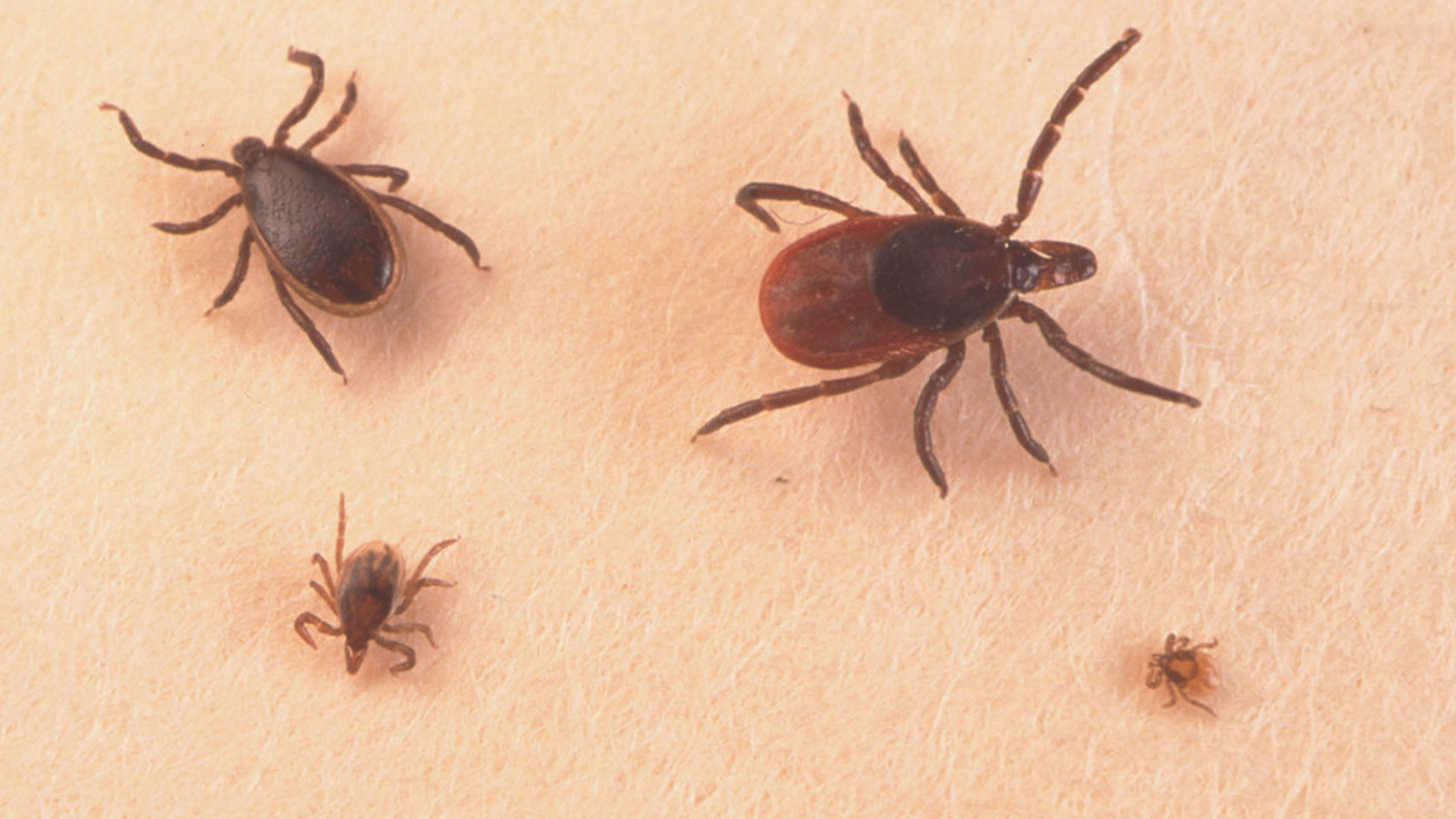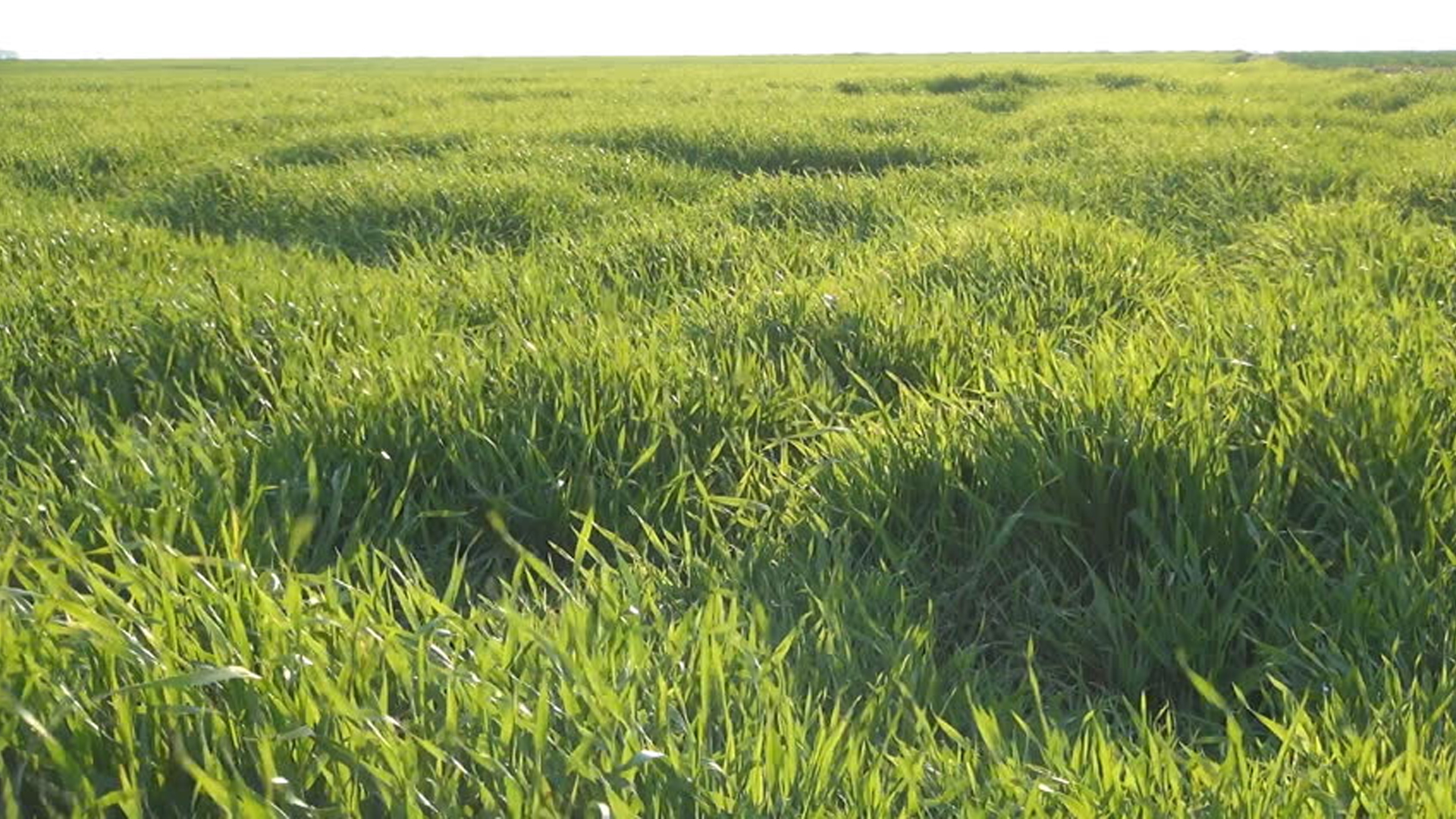We all love getting outdoors and the benefits of doing so are well documented: greater mental well-being, better sleep, healthier body all over.
However, we do share our outdoors with a number of pests – and ticks are one of them. These little critters are on the rise in the UK. It’s been estimated by Richard Wall, Professor of Zoology at Bristol University, that there are now as many as 20 ticks in every square metre of woodland, though this is an average, with none in some areas and up to 100 in others!
The number of annual cases is tiny in proportion to the population, but people who spend a lot of time in woodland areas are at a much greater risk, so it’s worth being aware of the risks and how to try and avoid ticks.
What and where are ticks?

Ticks are little pests that live in the grass and vegetation. They grab onto you when you ride through long grass – a bit like lice, they feed on your blood (bit gross, we know). In doing so, they can pass on their diseases.
They carry with them diseases, particularly Lyme disease, which is a form of arthritis which results in chronic fatigue and joint pain. The disease is treatable with antibiotics if caught early, which makes detecting ticks all the more crucial.
The UK sees around 2-3,000 new cases of Lyme disease a year – only 15% of which occur when people are abroad. Locations that have been reported to have a high population of ticks include:
- Exmoor
- the New Forest and other rural areas of Hampshire
- the South Downs
- parts of Wiltshire and Berkshire
- parts of Surrey and West Sussex
- Thetford Forest in Norfolk
- the Lake District
- the North York Moors
- the Scottish Highlands
Do remember that not all ticks carry the bacteria, so don’t worry that you’ve got Lyme disease just because you’ve been bitten, just be aware and remember that early treatment greatly increases the chance of a positive response.










